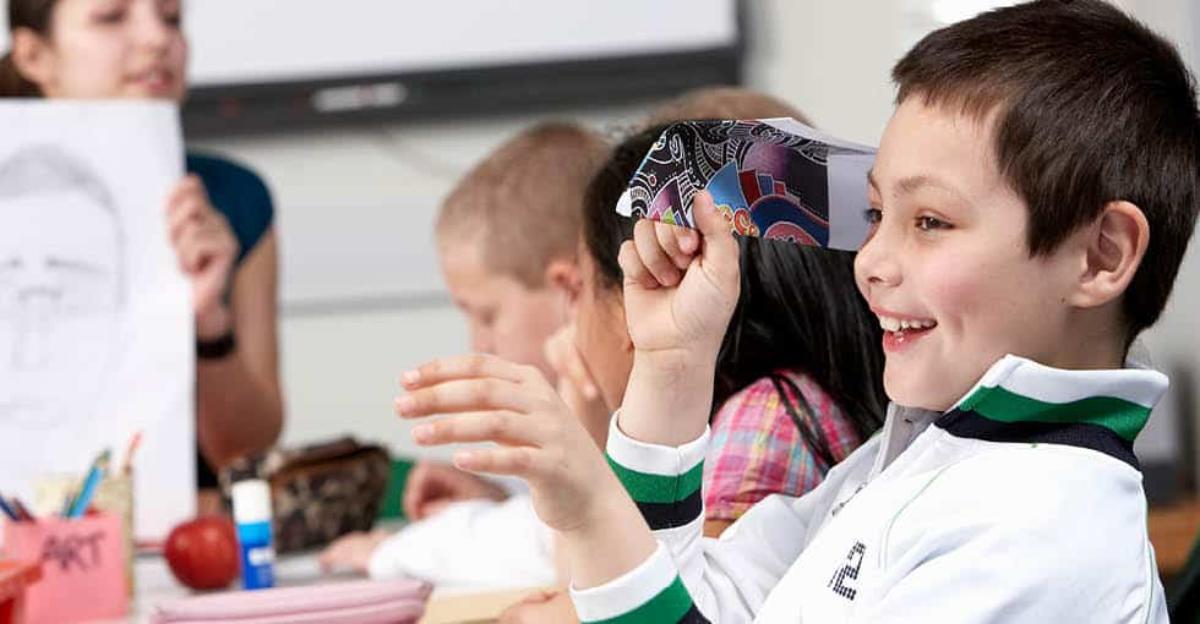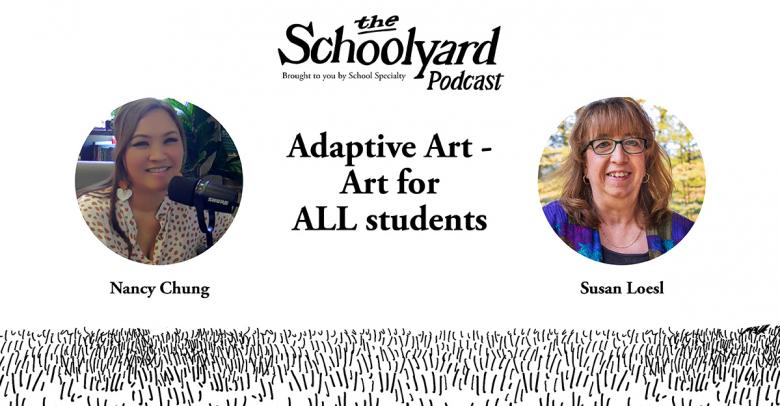Designed to inspire creativity and imagination, the art room by nature requires more freedom and independence than the other classrooms on campus. This generally means a little more talking, maybe even music, and somewhat laxer rules. The downside of this freedom is that students occasionally take advantage of the looser environment to cause a little trouble. Unfortunately, there will be times when you’ll have to intervene to get challenging students back on track. But how?
1. Read the Rules
Even, or should we say especially, in the art room, there must be rules. Be clear about your expectations, share them with your students on a regular basis, and communicate the consequences of breaking them. In the spirit of artistic forgiveness, the first infraction might get a do-over, but what then? Be sure your students are crystal clear on the consequences of their actions. A note home or a trip to the principal’s office – whatever they are, make sure your consequences are meaningful.
2. Put Peer Pressure into Play
One effective consequence of poor decision-making is the group punishment. Two tick marks next to a student’s name might result in loss of music or talking privileges for the entire class and you can bet the rest of your student artists will make their feelings known to the rule breaker.
3. Keep Them Busy
The best strategy is to keep kids so busy they don’t have time to break the rules. Students with time on their hands have time to make trouble, so you’ll have to make sure you’re engaging the entire class the entire period. This might mean having extra assignments on hand or assigning students jobs like scrubbing the sink or wiping the counters when they’re done with a lesson. (Some students take too long to complete a lesson, which is a different problem with a different solution.) And some students just might not be interested in the subject matter you’ve chosen. This requires a bit of creativity on your part, adapting your lesson on the fly to engage that student.
4. Watch Where They Sit
Although free seating may seem natural in the free-flowing art room, a seating chart goes a long way toward keeping order. Separating friends who talk non-stop or trouble makers who egg each other on is a smart, pre-emptive strategy. Challenging students might even find themselves in isolation – a seat away from the other students – until they can pull themselves together.
5. Deep Breaths
Many teachers and administrators are finding meditation to be an effective means to getting students back on track. Rather than punishing a student, you might take a whole class meditation moment. Calmer, more centered students are probably worth five minutes of your lesson time.
How do you keep order in the art room? What rules do you have and how do you enforce them? Let us know in the comments below.






Leave a Reply